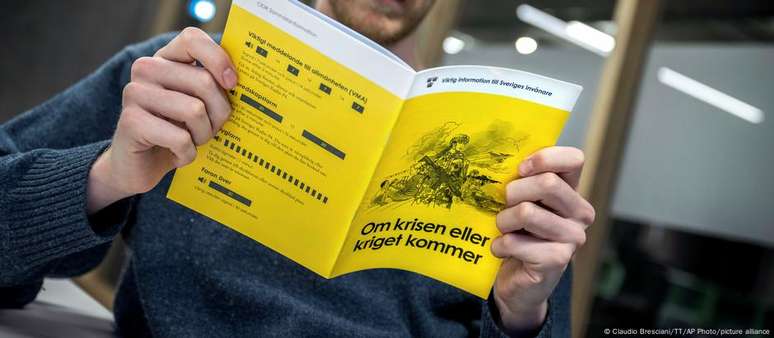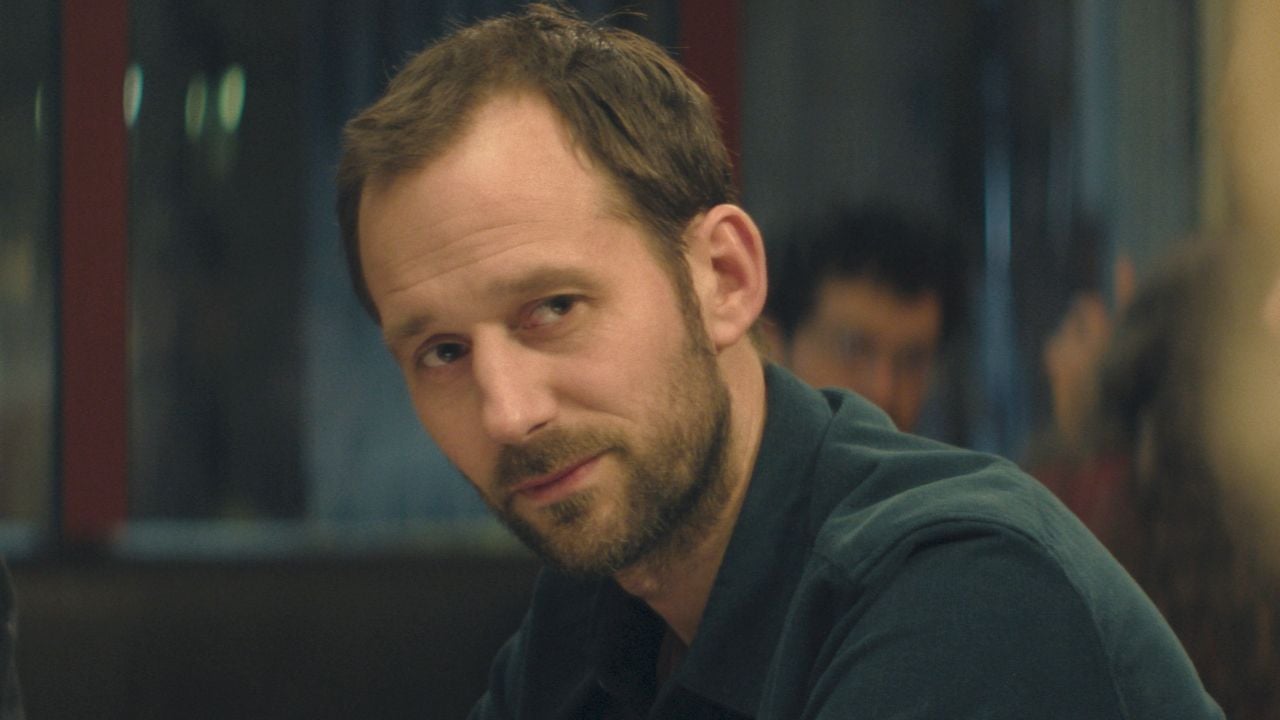As Russia’s war in Ukraine continues, Sweden, Finland and Norway have updated their emergency preparedness guidelines. While the instructions are not new, there is a sense of imminent threat in the air. Russia’s war in Ukraine has made the security situation in the Baltic region more tense.
The Nordic countries, on Russia’s doorstep, have already taken notable steps to improve their military strength, increase defense budgets and, in the case of Finland and Sweden, join NATO. However, in war, military capabilities are not the only thing that matters: civil protection and the preparation of ordinary citizens also come into play.
Finland, Sweden and Norway have published updated preparation guides for their citizens. Finland’s guidelines are in digital format, while Norway and Sweden are sending physical copies of the instructions to every household.
Guides advise on extreme weather events, pandemics and possible conflicts. Among the topics covered are the recommendation to have a weekly supply of water and food, what to do in the event of an evacuation and how to deal with power outages.
The titles of Finland’s and Norway’s guides cover broader emergency situations: Finland’s is “Preparing for accidents and crises” and Norway’s is “How you can play your part in Norway’s emergency preparedness.”
The Swedish title, however, underlines the possibility of conflict: “In case of crisis or war”. The guide states that in uncertain times, with armed conflicts around the corner, terrorism, cyber attacks and disinformation campaigns are being used to weaken and influence Sweden.
“To resist these threats, we must stand together. If Sweden is attacked, everyone must do their part to defend Sweden’s independence – and our democracy,” reads the introduction to “In Case of Crisis or war).
Mikael Frisell, director general of the Swedish Civil Emergency Agency, explained in a press release that the national security situation in the country has changed dramatically and that everyone must strengthen their resistance to various crises and, ultimately, to war .
Sweden suspended compulsory military service in 2010, but reinstated it in 2017. Finland and Norway have had compulsory military conscription for decades.
Long history of civil protection
Emergency preparedness is nothing new for the Nordic countries. These guides date back to World War II and the Cold War, and these new versions serve as an update to existing information.
Jussi Korhonen, Finland’s director of civil preparedness, told DW that while there is no direct military threat to Finland and other Scandinavian countries, the global security situation has become more unstable and difficult to predict. That’s why it’s important to keep these preparation guides up to date.
“Preparing the population takes a long time. It is not a project. It is a process where you need to have a certain level of preparation to combat different types of incidents,” Korhonen explained.
Around 400,000 people have already downloaded the Finnish guide. According to Korhonen, 60% of Finns are already prepared and have purchased emergency household supplies, such as three days’ worth of food and water.
“The goal is also to convince the remaining 40% to purchase emergency household supplies,” he said.
He cited studies that show young adults are less prepared, while people living in rural areas are more prepared for emergencies.
What is the climate in Sweden?
David Ferm, a university student from Gothenburg, Sweden, said that preparation for war is not on people’s minds right now and that the feeling is one of calm.
“When the leaflets reach the population, as far as I know it hasn’t happened yet, I think there will be a little more concern,” Ferm told DW.
“But eventually people will calm down again. There will never be panic.”
According to Ferm, it’s best for people to know how to act and prepare for the unlikely, and it’s good to have this information, regardless of the panic it might cause.
Ludvig Karlberg, who works at a startup in the capital Stockholm, also believes that the idea of war in Sweden is very far away in the minds of most people who are not actively interested.
“People can’t really make the connection between Russia’s war in Ukraine and the fact that it will actually impact and threaten our way of life. I think people in some industries are more aware, like cybersecurity.” , Karlberg said.
“I think it’s important to have the tutorial in our hands, as the issue is more urgent than ever.”
Karlberg added that, in general, Swedes fear Russia and war in Europe, but are naively optimistic about their country’s position in the conflict.
What is the climate in Finland?
In Lappeenranta, a Finnish town near the border with Russia, the feeling of threat is greater. Marika Kesseli, a teacher in the city, noted that while she is not yet fully ready for an emergency situation, it is important to be prepared for the worst, such as a military conflict.
She told DW that when the Russian invasion of Ukraine began she was even more afraid and even thought about replacing her electric car with a combustion engine.
“I’m a teacher and normally in school we don’t talk about the possibility of war; it’s very scary,” Kesseli explained.
“When we are with our friends, sometimes we talk about it. But the possibility of leaving the border and finding a new job is very difficult, so we try to believe that one day this world will be more peaceful and we have hope.”
Source: Terra
Rose James is a Gossipify movie and series reviewer known for her in-depth analysis and unique perspective on the latest releases. With a background in film studies, she provides engaging and informative reviews, and keeps readers up to date with industry trends and emerging talents.






